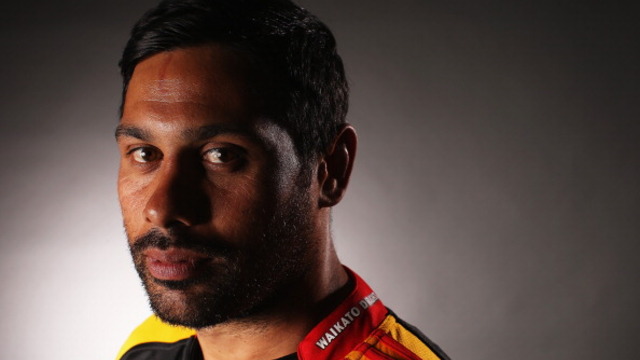One of the seminal textbooks on leadership in sport is San Francisco 49ers coach Bill Walsh’s The Score Takes Care of Itself. The principles the multiple Super Bowl-winning coach announced in that tome readily translate to any team sport.
Walsh’s teams seldom tried to overwhelm opponents solely by means of physicality, but by means of skills and ‘smarts’:
“Beat em’ to the punch! Hurt your opponents before they hurt you. Strike first.
“Get creative with your limitations, to turn them into a strength.
“Instead of looking for reasons we couldn’t make it work, I sought solutions that would make it succeed.”
In the first round of the Rugby Championship, Rassie Erasmus’ Springboks were missing four of their top second row forwards [Franco Mostert, R.G Snyman, Lood De Jager, Jean Kleyn], the first three of whom are their primary lineout callers.
Rassie had to move his outstanding flank forward Pieter-Steph Du Toit into the middle row as emergency lineout skipper, but he still found ways to get creative with his limitations, turn them into a strength and beat the Wallabies in much the same way that they have seen off so many rivals in the past – by beating them to the punch ‘in the top two inches’ of the game.
Erasmus and his coaches produced the killer blow in precisely the area where Australia might have expected to sniff a weakness, at the lineout:
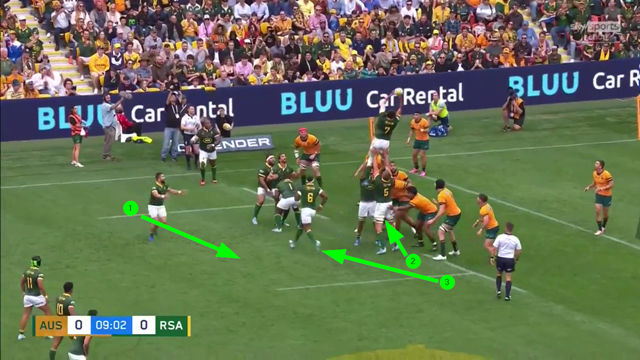
Walsh went on to highlight the importance of detail in the process of becoming a champion, when he said: ‘Honour the direct connection between details and improvement, and relentlessly seek the latter.’
This attacking lineout is full of ‘critical nuances’ which guarantee a successful outcome.
Scrum-half Cobus Reinach moves to the open-side to hold the Wallaby defenders in that zone in place.
- Du Toit starts opposite Australia’s most dangerous aerial poacher [6’9” Nick Frost, in the black hat], but becomes the rear lift for #7 Ben Jason-Dixon one spot ahead of him, to avoid a straight jumping contest.
- Siya Kolisi shifts the other way to give the Boks a temporary four-on-two at the point-of-receipt near the front.
South Africa beat Australia to the punch at this lineout, and they stayed one step ahead of the game 20 minutes later:

Frost is again ruled out of the play in the air and, with Australia committing extra energy and people to stop the front drive, Kolisi and Reinach peel off to create a clear scoring opportunity on the short-side.
Summary
Following Bill Walsh’s instructions to the letter, the Springboks coaches sought solutions that would make their lineout succeed, rather than looking for reasons they couldn’t make it work. They struck first and beat the Wallabies to the punch, leaving them stumbling along, one step behind.





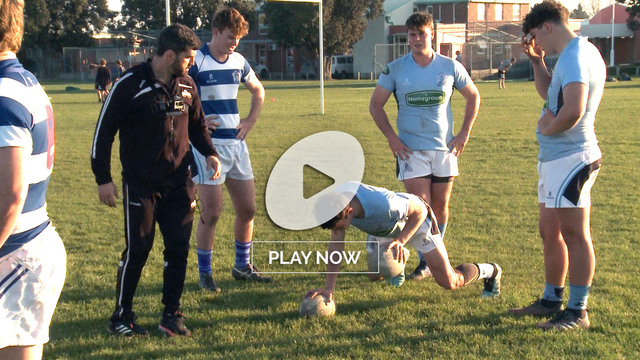
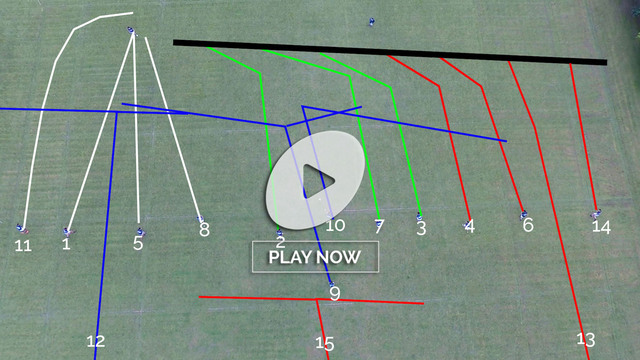
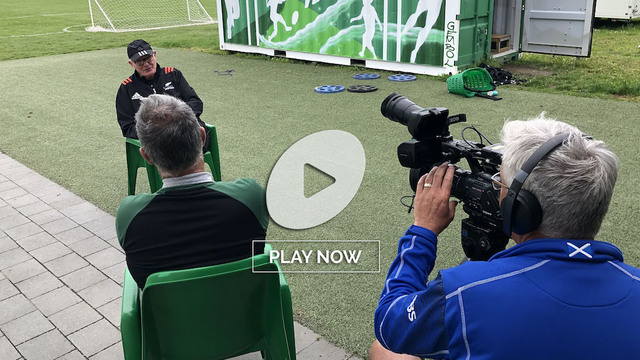
.jpg)
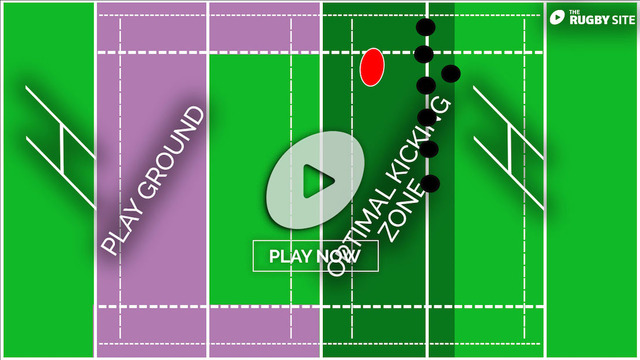
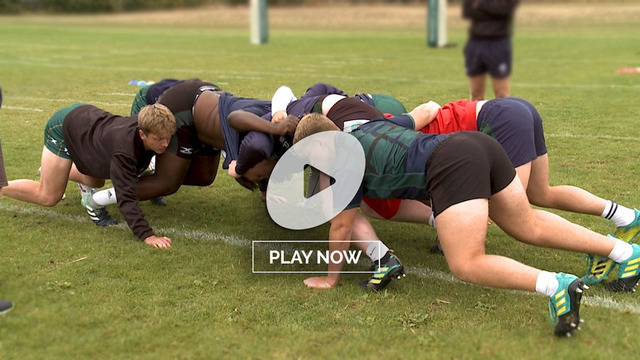
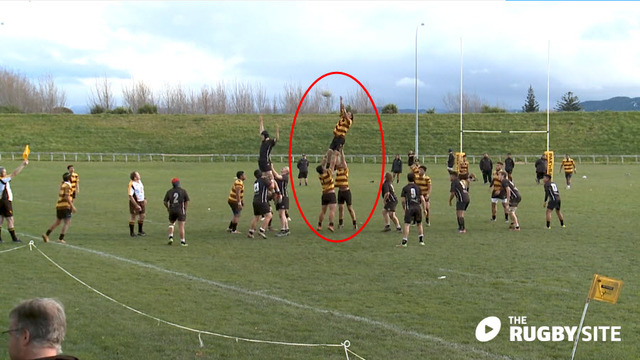
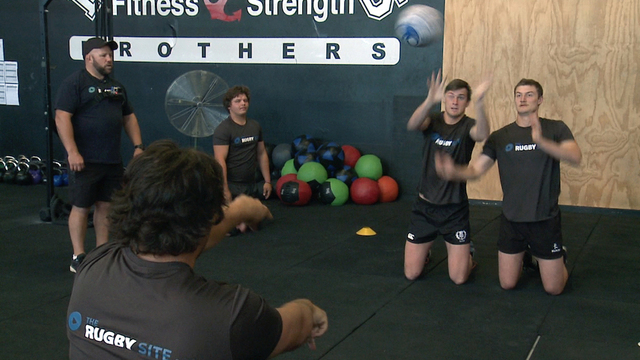
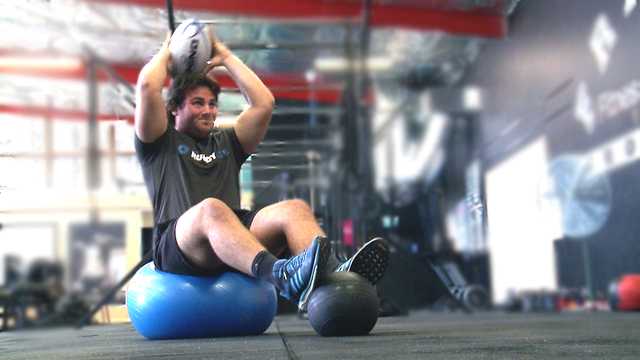
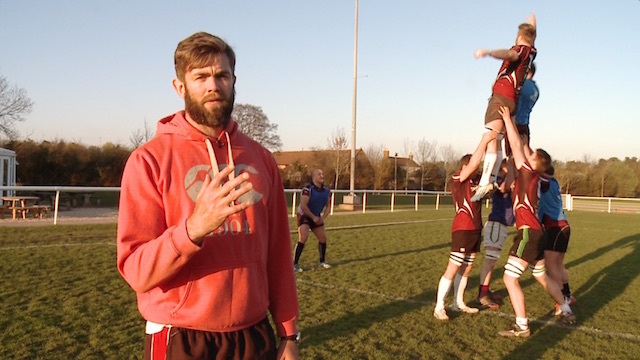
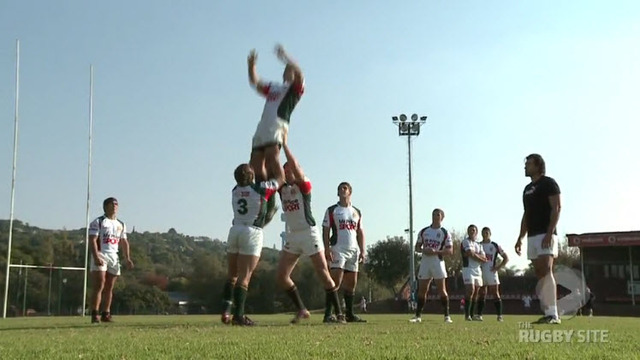
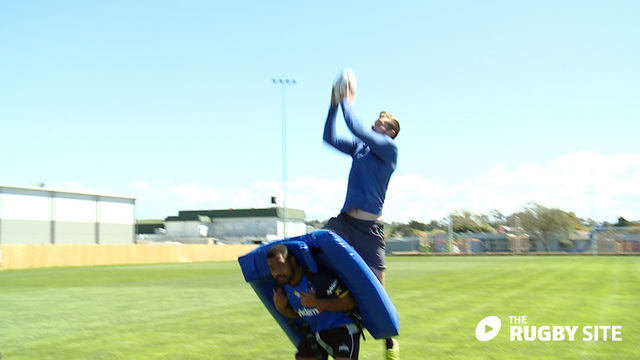
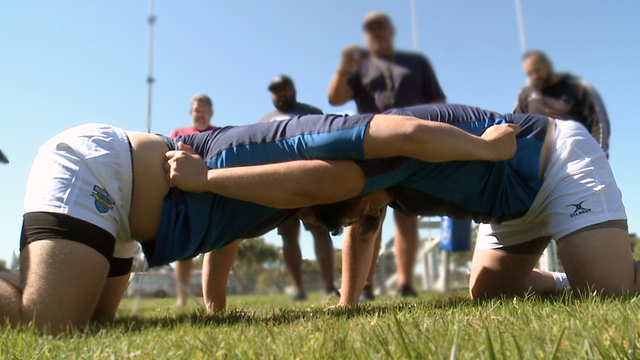
.jpg)
